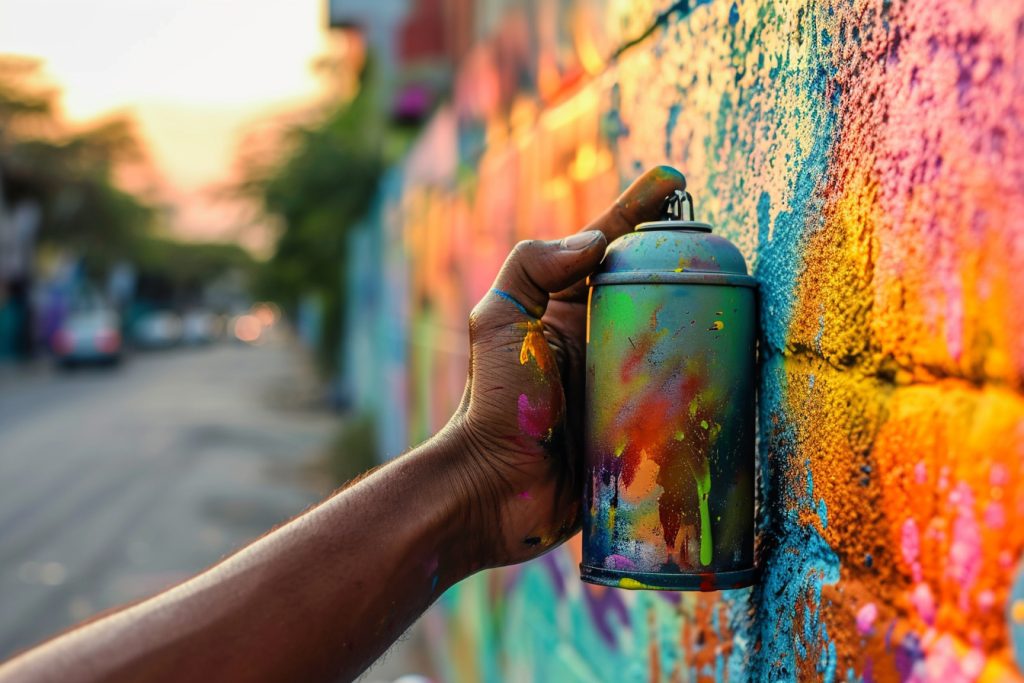Street art has become a powerful and captivating form of expression that has taken cities around the world by storm. From colorful murals to intricate graffiti tags, street art has the ability to transform drab urban landscapes into vibrant and thought-provoking works of art. This explosive art form has its roots in rebellion and has evolved into a recognized and celebrated genre. This article will dive into the fascinating world of street art, exploring the evolution of spray cans and the journey of this art form from illegal vandalism to mainstream acceptance.
Street Art: An Explosive Form of Expression
Street art is a dynamic and visually striking form of artistic expression that uses the walls and surfaces of public spaces as a canvas. It encompasses a wide range of styles, techniques, and themes, making it a diverse and exciting genre. From political and social commentary to abstract and colorful imagery, street art allows artists to make their mark on the urban environment and engage with passersby in a unique and unconventional way. It has the power to evoke emotions, challenge societal norms, and spark conversations. Street art has the ability to reach a wide audience and traverse cultural and language barriers, making it a truly universal form of expression.
The Evolution of Spray Cans: Catalyst for Creative Vandalism
Spray cans have played a crucial role in the development and proliferation of street art. Before the invention of the aerosol can, artists used paintbrushes and buckets of paint to create their pieces, making the process slow and cumbersome. The introduction of spray cans revolutionized the art form, providing artists with a convenient and efficient tool to quickly cover large surfaces with vibrant colors. This newfound speed and ease of use allowed artists to create intricate and detailed murals in a fraction of the time it would take using traditional methods. However, the accessibility and versatility of spray cans also made them the weapon of choice for vandals, leading to a negative association with graffiti and street art in its early days.
From Underground Rebellion to Mainstream Acceptance
Despite its controversial beginnings, street art has gradually gained recognition as a legitimate art form. What was once considered vandalism is now celebrated in galleries and museums around the world. Street artists have moved from the shadows to the spotlight, with their works being auctioned for thousands of dollars and commissioned by businesses and municipalities. Cities have started embracing street art as a way to beautify neighborhoods, deter vandalism, and promote cultural expression. This shift in perception has allowed street artists to flourish, gaining respect and admiration for their talent and creativity. The rise of street art not only adds beauty to our urban environments but also serves as a powerful reminder of the importance of artistic expression and the resilience of creativity.









